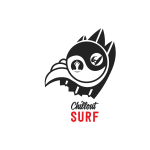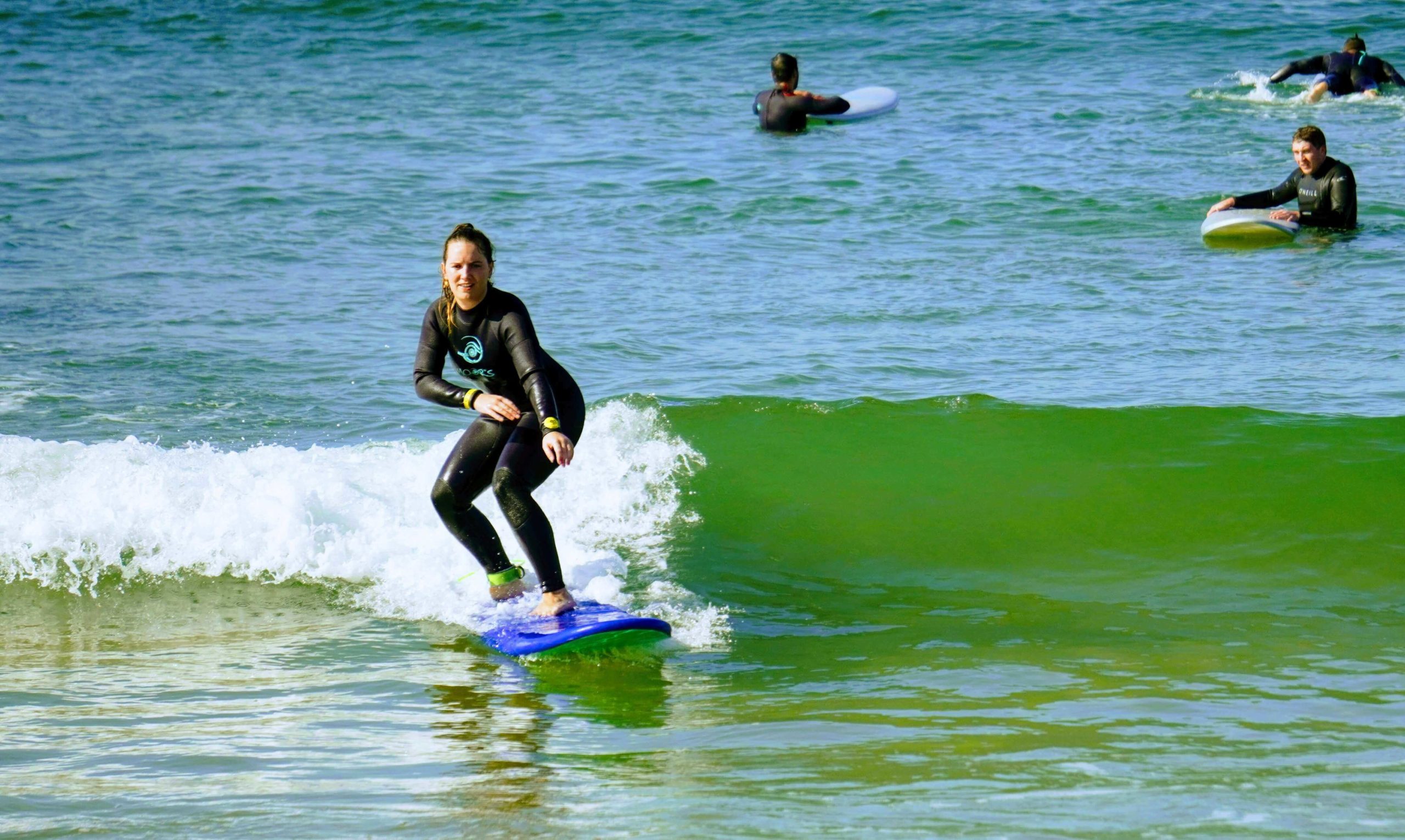How to Stay Fit for Surfing
To the untrained eye, surfing appears to be an easy, fun, and leisurely sport. You paddle on your stomach out into the surf, hop on the board, catch a wave, and stand on the board back to the shallows. Sounds easy, right? Not so fast. Surfing is a physically demanding sport that requires a combination of muscle strength and endurance, flexibility, and balance. To stay fit for surfing, you need to surf often but you also need to focus on other activities that will help you surf stronger and avoid injury.
Muscle Strength and Endurance
Surfers require high levels of muscular strength and endurance, especially in their shoulders for paddling, thighs for getting up on the board, and stabilizer muscles for staying on the board. The stabilizer muscles are the muscles that help you stay balanced. Examples of these muscles are the abdominal obliques in the trunk, gluteus medius in the thighs, and the peroneus in the lower leg.
The upper body muscles should be trained primarily for muscular endurance. Muscular endurance is the ability to perform repetitions of an activity repeatedly. Surfing doesn’t require that much strength in the upper body you rarely need to exert a single maximal effort. But because surfers will paddle out into the surf dozens of times each day, they need great muscular endurance so they won’t fatigue by mid-morning. The best way to train for muscle endurance is to lift a weight heavy enough so that you reach muscle failure after 15 to 20 repetitions.
The lower body muscles should be trained for muscular strength. Muscle strength is how well you can perform an intense muscle contraction for just a few repetitions. For the most part in surfing, the legs are used to explosively get up on the board and then to stay balanced on the board for 10 maybe 15 seconds. Very little endurance is required. The best way to train for muscle strength is to lift a weight heavy enough so that you reach muscle failure after 4 to 8 repetitions.
Surfers also need to be aware of muscle imbalances and train the muscles that are neglected by surfing. Surfers tend to have strong backs from constant paddling and strong thighs from getting up on the board frequently. However, the chest, arms, abdominals, hamstrings, and calves are often weak since surfing doesn’t emphasize these muscles. Therefore, training for muscle strength should focus on two components. First, train the muscles that you use for surfing to help increase surfing performance. Second, train the muscles that you don’t use for surfing to minimize muscle imbalances and to reduce your risk of injury.
Attention to a healthy diet can go a long way in helping to keep the body strong and in a position to quickly repair if injured. A diet rich in natural vitamins including phytonutrients rich fruits and vegetables, whole grains and lean meats are highly recommended. While vitamin supplements may prove helpful, it is best to keep dependence on them to a minimum. Whole foods are typically the best option for helping to keep a body strong.
Flexibility
Flexibility training is often ignored by athletes and surfers are no different. Although stretching probably won’t help you avoid being injured when a 20-footer comes crashing down, it can help you avoid chronic overuse injuries. Overuse injuries account for about 25% of all surfing injuries. The most commonly injured areas are the neck, shoulders, and back a result of frequent paddling out into the water. The knee can suffer chronic injuries too, caused by pressure from repeatedly standing in a half-squat position on the board.
Although the flexibility of the entire body should be emphasized, surfers should pay special attention to the neck, upper and lower back, shoulders and rotator cuff, hamstrings and calves. Proper flexibility of these muscles will allow you to avoid injury and to maintain a half-squat position on the board without irritating the knee.
Stretching exercises are the safest and most effective after you are warmed up. Each stretch should be held for 30 to 60 seconds for maximum benefit.
Balance
Most experienced surfers have excellent balance honed by years and years of riding a surfboard. However, for novice surfers, balancing onboard is frustrating and takes time to develop. As we mentioned earlier, training the stabilizer muscles will help increase balance. First, the stabilizers need to be trained by surfing; nothing will prepare you for a sport better than performing that sport. However, when you are not in the water, you can still find ways to improve your balance. Here are a few examples:
- Stand on one foot for 1 minute with your arms out to the side. Once this becomes easy, progress to folding your arms across your chest, then closing your eyes with your arms out, then closing your eyes with arms folded, and finally, extend the duration from 1 minute to 2 to 3 minutes.
- If you have access to a fitness center, single-leg balancing on a stability disk or a Bosu ball is difficult, but the results are amazing. You can progress to doing single-leg squats and finally increasing the duration to make these exercises especially challenging.
Summary
Surfing is a great way to stay fit. However, surfing doesn’t provide a true total body workout. By incorporating muscle strength and endurance, flexibility, and balance training into your weekly schedule, you will be surfing with newfound strength and confidence in no time at all.
CHECK ALL OUR INCLUSIVE SURF & YOGA PACKAGE LEVEL 1,2,

 English
English Deutsch
Deutsch Spanish
Spanish
0 Comments